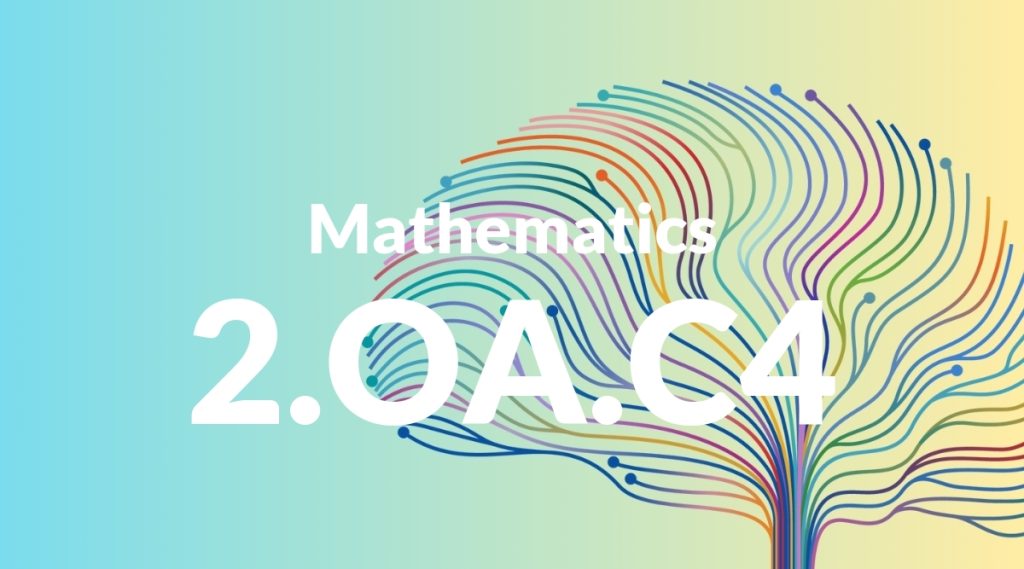Standard: 2.OA.C4 – Use addition to find the total number of objects arranged in rectangular arrays with up to 5 rows and up to 5 columns; write an equation to express the total as a sum of equal addends.
Grade level: Grade 2
Subject: Mathematics
Domain: Operations & Algebraic Thinking
Teacher Overview
This standard focuses on using addition to find the total number of objects arranged in rectangular arrays, which is a foundational skill for understanding multiplication. Mastery of this concept will help students transition from simple addition to more complex operations involving arrays and multiplication. Students should be comfortable with basic addition and counting. They should also understand how to group objects and the concept of rows and columns.
After mastering this standard, students will be able to understand the foundations of multiplication as repeated addition, preparing them for more complex array problems and multiplication tables.
Common Misconception 1
A common misconception is that the order of rows and columns does not matter. This is incorrect because rows and columns represent different dimensions, and changing the order can change the arrangement.
Intervention 1
Use visual aids and hands-on activities to show that rows and columns represent different dimensions. Rearrange objects to demonstrate how changing the order affects the array.
Common Misconception 2
Another misconception is that any arrangement of objects can be considered an array. This is incorrect because arrays must have rows and columns of equal length.
Intervention 2
Use examples and non-examples to clarify that arrays must have rows and columns of equal length. Provide opportunities for students to create their own arrays and check them for correctness.
Prerequisite Knowledge
Students should have a solid understanding of basic addition and counting skills. They should be able to count objects in a group and understand the concept of adding two numbers together to get a sum.
Subsequent Knowledge
After mastering this standard, students will be able to understand the foundations of multiplication as repeated addition and will be better prepared to tackle more complex array problems and multiplication tables.
Instructional Activities
- Create arrays using counters or blocks.
- Draw arrays on graph paper.
- Use real-life objects to form arrays.
- Solve word problems involving arrays.
- Play interactive games that involve creating and identifying arrays.




